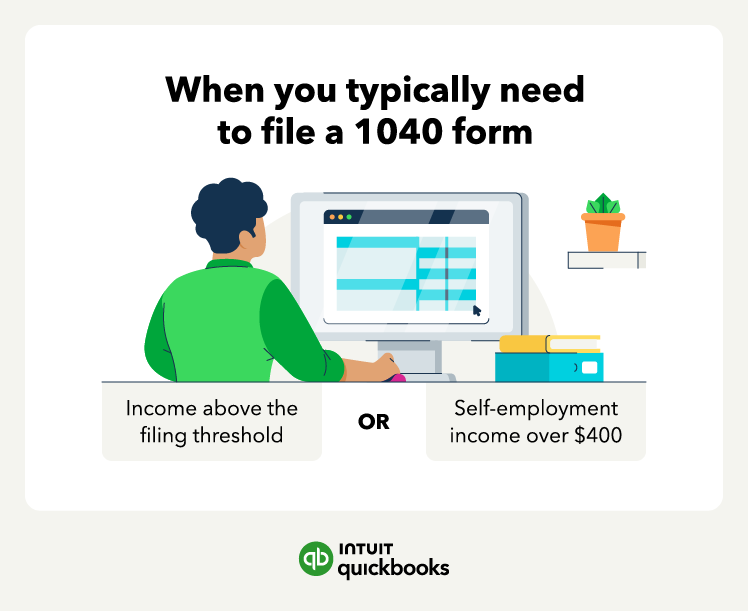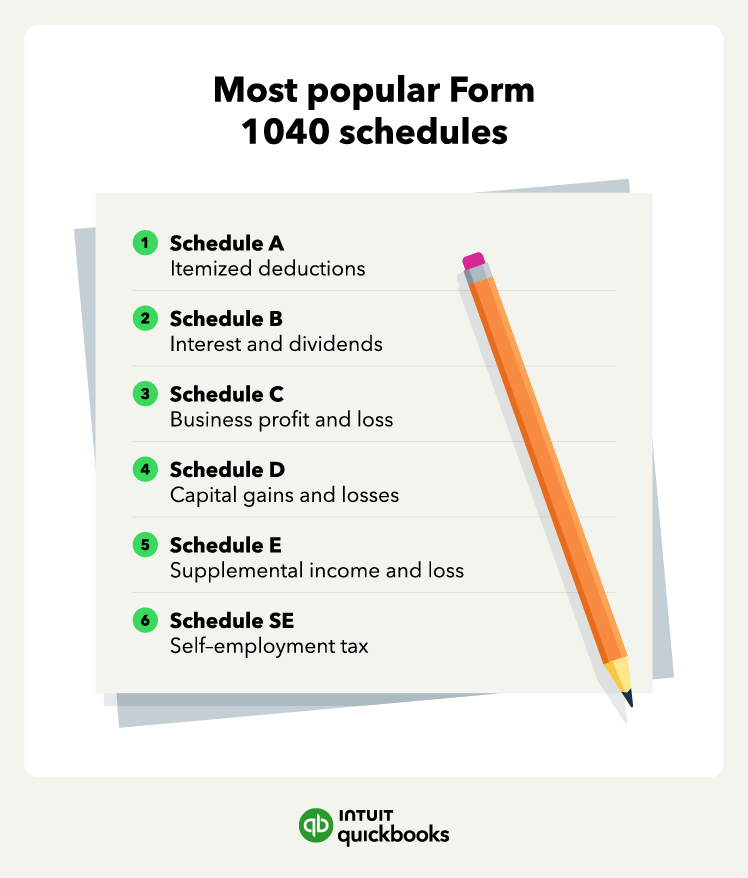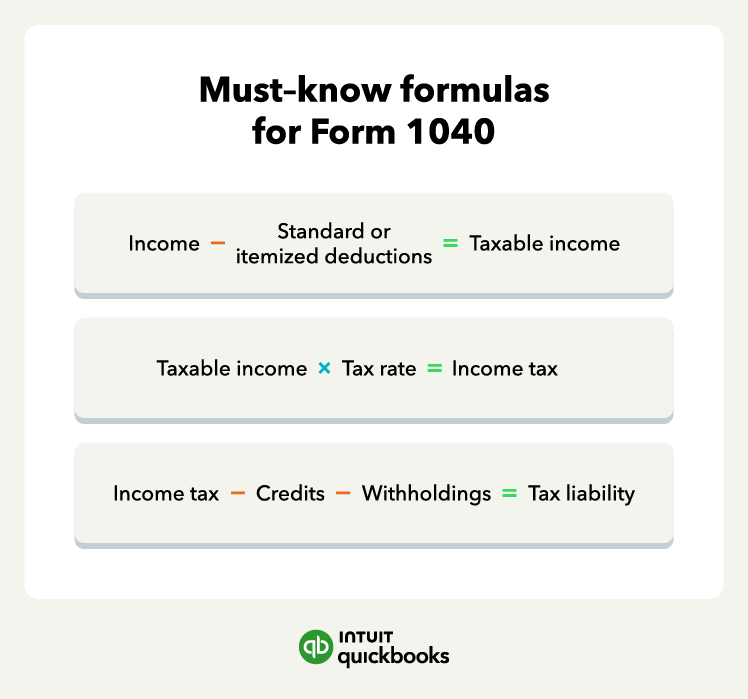6. Calculate your tax
Now, it's time to calculate your tax liability. To do this accurately, you'll first need to determine your taxable income. This is found by subtracting either your standard or itemized deductions from your adjusted gross income.
The US uses a progressive tax system, meaning you pay different tax rates on different portions of your income. These rates increase as your income increases. For example, in 2025, the first $11,925 of taxable income for a single filer is taxed at 10%, the next $36,550 (up to $48,475) is taxed at 12%, and so on.
Only the portion of your income within each tax bracket is taxed at that rate. This is your marginal tax rate—the rate applied to the last dollar you earned.
Here are the 2025 marginal tax rates:
- 37% for incomes over $626,350 (single) / $751,600 (married filing jointly)
- 35% for incomes over $250,525 (single) / $501,050 (married filing jointly)
- 32% for incomes over $197,300 (single) / $394,600 (married filing jointly)
- 24% for incomes over $103,350 (single) / $206,700 (married filing jointly)
- 22% for incomes over $48,475 (single) / $96,950 (married filing jointly)
- 12% for incomes over $11,925 (single) / $23,850 (married filing jointly)
- 10% for incomes $11,925 or less (single) / $23,850 or less (married filing jointly
With your taxable income and an understanding of marginal tax rates, you can determine your tax liability.














 Also, you may benefit from the Qualified Business Income (QBI) deduction, aka
Also, you may benefit from the Qualified Business Income (QBI) deduction, aka 

 If your tax situation is complex, you can request a six-month extension for more time to file. However, you still have to pay your tax liability by the due date to avoid interest charges.
If your tax situation is complex, you can request a six-month extension for more time to file. However, you still have to pay your tax liability by the due date to avoid interest charges.


